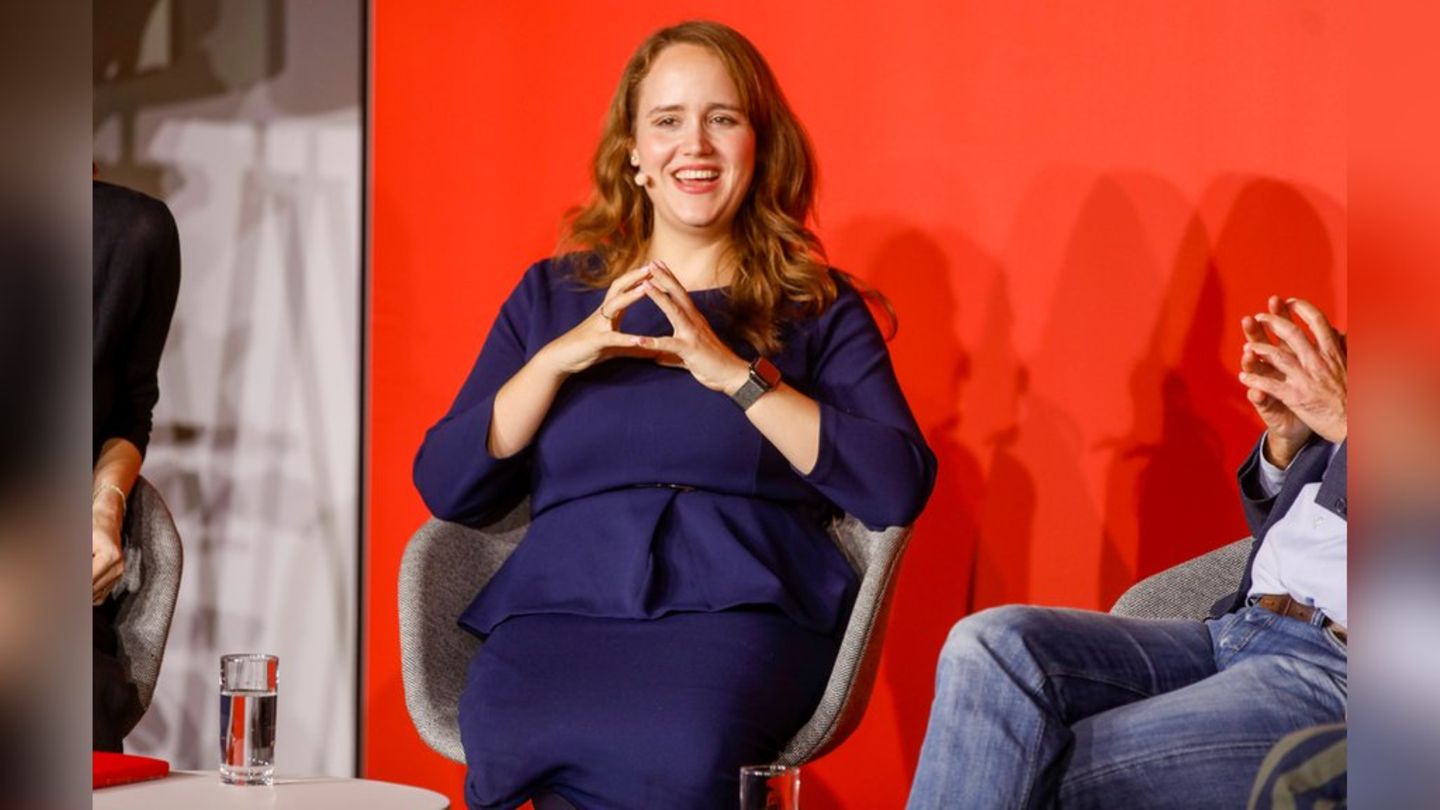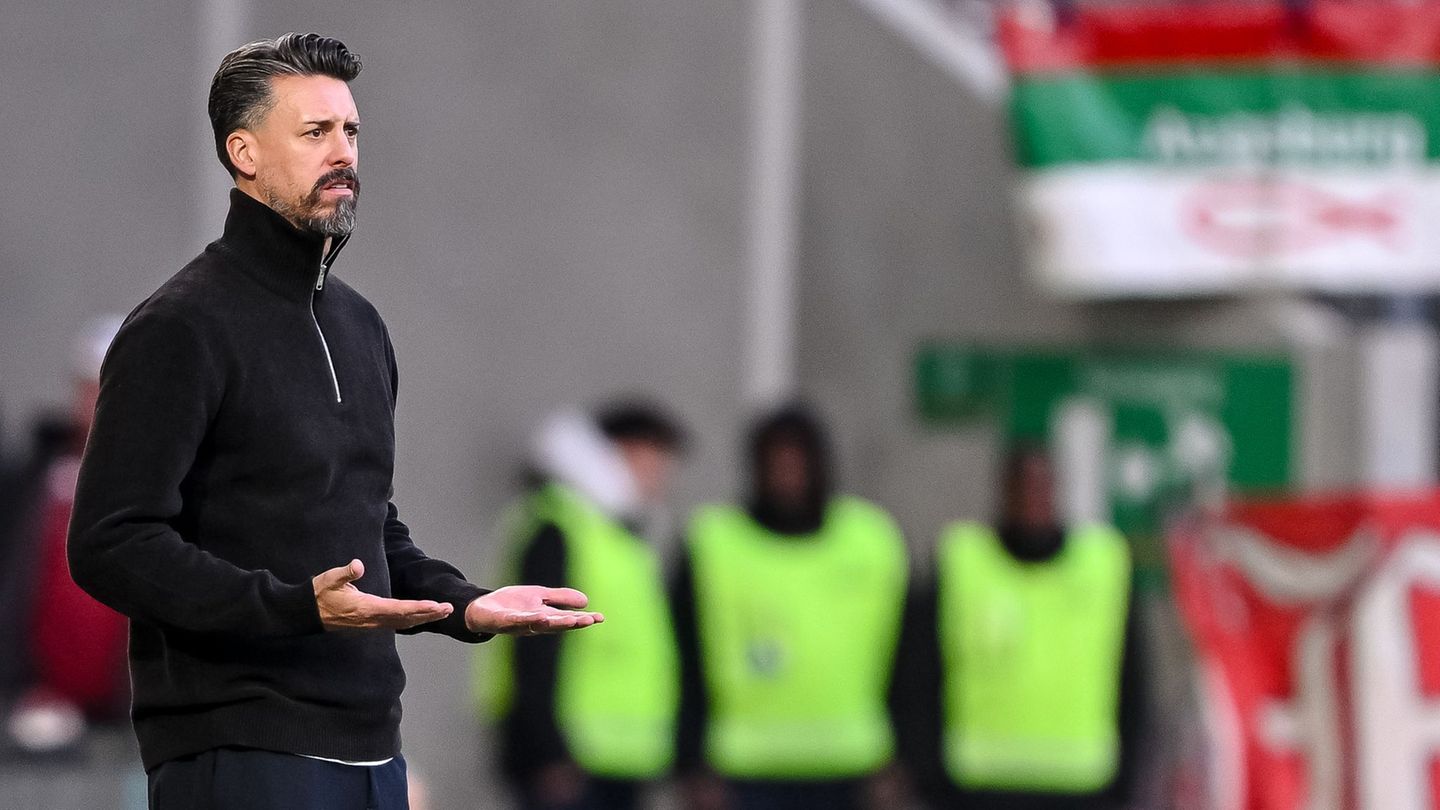For years, the triumph of SUVs on the German car market seemed unstoppable. But things could be changing now. The old top dog, the compact class, has been on the rise again for some time.
There are signs of a turnaround in the German car market. After years of declining sales figures, the compact class is currently experiencing a second spring. In keeping with the 50th birthday of its most prominent representative, the VW Golf, its market share this year is 19.6 percent, a whopping 3.3 points higher than in 2023 as a whole and even 3.7 points above the low point of 2022. This is shown by figures from the Federal Motor Transport Authority, which the dpa has analyzed.
At the same time, SUVs are weakening: While they have been gaining market share for years and replaced the compact class at the top of German buyers’ favor in 2019, they are currently 1.4 points below the mark at 28.4. The lead is still clear, but by 2022 it seemed only a matter of time before SUVs would reach twice the market share of compacts.
Range of compact cars has been reduced
“I think the development depends above all on supply,” says the Vice President of the Central Association of the German Motor Vehicle Industry (ZDK), Thomas Peckruhn. “Demand for compact cars is high. We simply haven’t had enough of them recently. But that has now changed. And the manufacturers are once again offering promotions for these models.”
After the previous years, which were particularly weak for the compact class, there is a lot of catching up to do, says industry expert Frank Schwope, who teaches automotive management at the University of Applied Sciences for Small and Medium-Sized Businesses in Cologne and Hanover. In recent years, the compact class has fallen well short of its potential. “First Corona, then a shortage of parts. We had very weak sales figures.”
In view of the shortage of chips, manufacturers such as VW had deliberately installed the few available semiconductors in higher-priced models and reduced production of small and compact cars. “There is now a need for replacements,” said Schwope. And demand can now be met thanks to parts that are now more readily available. In view of the overall weak demand, manufacturers are supporting this in order to keep their factories at full capacity. Another figure also fits the supply thesis: In the compact segment, the KBA currently lists 32 models, and for SUVs there are more than 100. In 2014 there were about the same number.
Economic situation makes compact cars more attractive
In Schwope’s view, the current tense economic situation is also a factor. “People are holding on to their money.” And instead of buying an expensive SUV, they prefer to buy a cheaper compact car. The result is that “many people now prefer to drive a Golf rather than a Tiguan.”
The fact that customers who are no longer willing to save money have switched to even smaller cars could in turn be due to the range on offer: For example, manufacturers have recently thinned out the range of minis – the particularly small cars. The KBA currently counts 9 models, in 2021 there were 13. At that time the market share was 6.4 percent, now it is only half that.
Another effect that may have contributed to the current shift in favor of compact cars is the weakness of electric cars. This affects the compact class much less than, for example, SUVs, among which electric vehicles have a much larger share.
SUV trend at an end?
And especially in light of the current discussion about moving away from the phasing out of combustion engines in Europe by 2035, there is a lot of uncertainty among customers, says Schwope. “Many were still waiting to see what would happen with electromobility. Now they are buying a new Golf.”
However, Schwope does not see this as a general trend back to compact cars. “This is another interim rebellion, the last rebellion of the compact class.” This will not change the general trend towards SUVs. “It will continue like this,” although not as rapidly as before, believes Stefan Bratzel from the Center of Automotive Management (CAM) in Bergisch Gladbach. “The trend towards SUVification has its limits somewhere. I do not believe that we will have 70 percent SUVs any time soon.” But the proportion will not drop noticeably again. “It will not be reversed.”
The Golf could also have contributed to the current upswing in the compact class, at least to some extent. In the first five months of 2024, the model’s market share of almost 4.5 percent is significantly higher than in 2023. So much so that, mathematically speaking, it explains almost half of the current increase in the compact class.
But the return of the compact class is not just a Golf story: If you compare it with the low point in 2022, only about a third of the increase can be attributed to the old top dog. And the Golf is a long way from its previous successes, when VW sold more than 380,000 of them per year in Germany alone. Even if you extrapolate the current figures for the whole year, it would only come to about half.
Source: Stern




